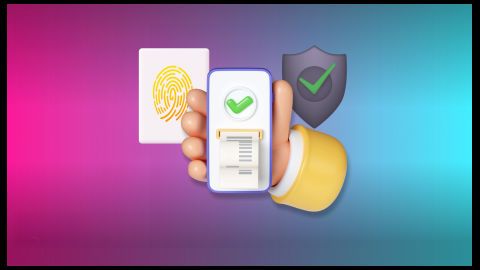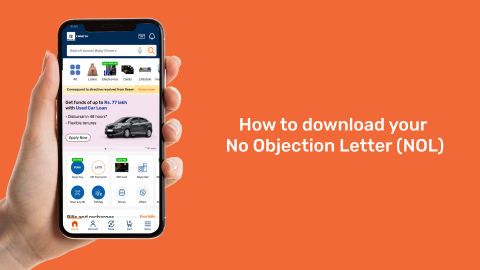When it comes to financial transactions, terms like bounce charges and penal charges often stir confusion and uncertainty among account holders. If you have ever found yourself scratching your head over these terms, you are not alone. But fear not, for clarity is within reach.
Understanding these charges is crucial because they directly impact your finances. Bounce charges and penal charges can swiftly eat into your account balance if you are not careful. By grasping their meanings and implications, you can take proactive steps to avoid them and maintain financial stability.
Understanding bounce fees
Let's start with bounce charges. Imagine you have issued a payment of your EMI, only to find out later that it bounced. Bounce charges, also known as nonsufficient funds (NSF) fees, are fees imposed by financial companies when a transaction, like a credit card or loan EMI payment, cannot be completed due to insufficient funds in your account.
When a transaction bounces due to insufficient funds, your financial company imposes a bounce charge. It may not sound like much, but these charges can add up quickly, especially if you are living paycheck to paycheck.
There are several reasons why transactions bounce. For instance, if you forget to deposit your paycheck before issuing a payment or if you have automatic bill payments set up without enough funds to cover them, you are likely to encounter a bounced transaction. Each bounced transaction not only incurs a fee but can also damage your relationship with the payee and hurt your credit score.
Breaking down penalty fees
Now, let's untangle the concept of penal charges. Unlike bounce charges, which stem from insufficient funds, penal charges are penalties imposed by lenders for various infractions or violations of borrowing terms and conditions. These charges can be incurred for actions like missing loan payments, exceeding credit limits, or making late payments.
To put it simply, bounce charges are imposed for not having enough money in your account, while penal charges are more like a punishment for breaking the rules of your borrowing agreement.
Penal charges can vary depending on the nature of the violation and your lender's policies. For example, if you miss a credit card payment deadline, you might face a late payment fee, typically these charges are mentioned on the lender’s website. Bajaj Finance, for instance, provides this information on its website for borrowers' reference. If you consistently fail to make payments on time, your lender may also hike up your interest rate or even take legal action against you.
How to avoid bounce and penal charges?
Now that you understand the basics of bounce and penal charges let's explore some practical tips to help you steer clear of these costly fees.
- Budget wisely: Take the time to create a realistic budget that incorporates all your expenses and income. By knowing exactly how much money you have coming in and going out each month, you can also focus on avoiding overspending and minimize the risk of bouncing checks or missing payments.
- Build an emergency fund: It is crucial to set aside some money in a separate savings account as an emergency fund. This fund serves as a safety net for your finances, enabling you to pay for unforeseen costs without having to use bounced checks or late payments.
- Use alerts and notifications: Most lenders offer account alert services that notify you of low balances, upcoming due dates, or suspicious activity. Take advantage of these alerts to stay on top of your finances and avoid missing payments or overdrawing your account.
- Automate payments: Set up automatic payments for recurring and fixed expenses like rent, utilities, and loan payments. Automating your payments ensures they are made on time, reducing the risk of incurring penal charges for late or missed payments.
- Communicate with your lender: In case you are facing difficulties in making payments, don't hesitate to reach out to your lender. They may agree to work with you to find the necessary solution, such as adjusting your payment schedule or setting up a repayment plan.
Bounce and penal charges need not be a source of confusion or stress for borrowers. By understanding these charges and implementing sound financial practices, you can avoid unnecessary fees and maintain control over your finances. Remember, being proactive and staying informed are key to financial success.




